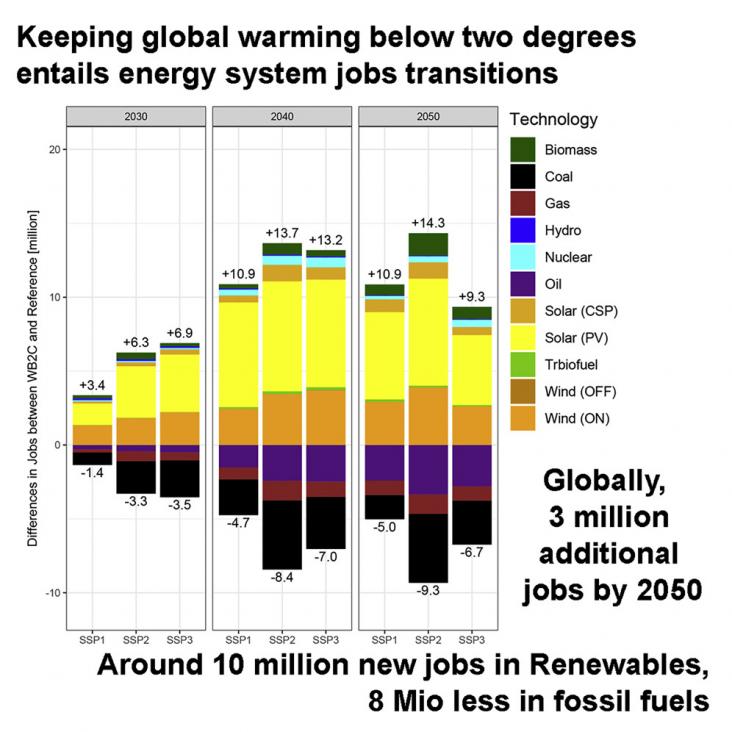
To limit global warming to well-below 2°C (WB2C), fossil fuels must be replaced by low-carbon energy sources. Support for this transition is often dampened by the impact on fossil fuel jobs.
The National Association of Disabled Staff Networks (NADSN) is a super-network that connects and represents disabled staff networks at organisations across the United Kingdom.
Held in partnership with the University of Johannesburg, this Elsevier webinar discusses the SDGs and how researchers can incorporate them into their work.
Held in partnership with the University of São Paulo, this Elsevier webinar discusses the SDGs and how researchers can incorporate them into their work.
In this episode of the “World We Want” podcast series, RELX’s Global Head of Corporate Responsibility, Dr. Márcia Balisciano, talks to Kariuki Ngari about leadership.
The Warsaw International Mechanism for Loss and Damage has identified increasing temperatures as a key slow onset event.
Urban regions in sub-Saharan Africa are growing significantly more rapid than their also growing rural counterparts.
Mitigating global warming is the responsibility of all countries. Moreso, the role of forests in sequestrating carbon is very crucial.
This Lancet Global Health Commission advances addresses SDG 3 directly, and SDGs 1, 2, 4, 5, 8 and 10 indirectly, by comprehensively demonstrating how improving eye health by treating and preventing vision impairment and vision loss can not only advance SDG 3—improving health and wellbeing for all—but also contribute to poverty reduction, zero hunger, quality education, gender equality, and decent work and economic growth. The findings of this report frame eye health as a development issue and highlight that, with a growing ageing population globally, urgent and concerted action is needed to meet unmet eye health needs globally, including incorporating equitable eye care into countries’ universal health coverage plans.
